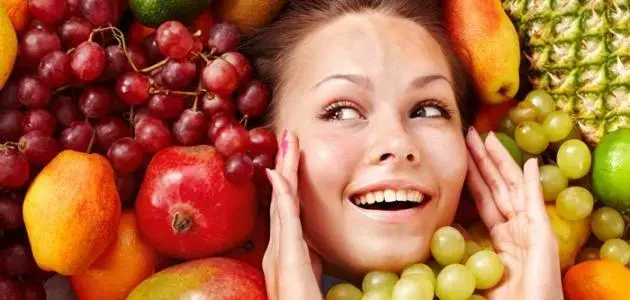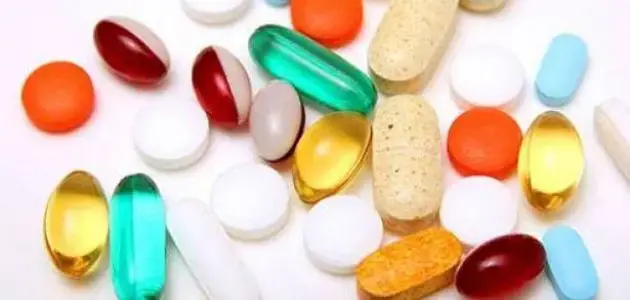Fruit is one of the best natural sources of essential vitamins and minerals. Vitamins fall into two main categories: water-soluble and fat-soluble. Out of the 13 essential vitamins our bodies need, nine are water-soluble (like the B vitamins and vitamin C), and the remaining four are fat-soluble (A, D, E, and K).
Most of the vitamins in fruit are water-soluble, especially B vitamins and vitamin C. The catch? These types of vitamins can break down easily—during cooking or even just over time after the fruit is picked. That’s why it’s usually best to enjoy fruit raw and as fresh as possible.
Where Vitamins Are Found in Fruit
Vitamins tend to be concentrated in the peel or just under it. Fresh or frozen fruit that’s quickly frozen after being harvested usually has the most nutrients. Eating a variety of vitamin-rich fruits can really boost your health. A diet full of vitamins helps strengthen your immune system, supports overall wellness, helps reduce disease risk, keeps you looking youthful, improves your energy levels, reduces stress and anxiety, and may even lift your mood if you struggle with depression.
How to Preserve Vitamins in Fruit
- Use low heat when prepping fruit.
- Only cut away bruised spots, not whole sections.
- Leave the peel on when eating fruits like apples and pears.
- Don’t let peeled fruit sit out too long—it starts losing vitamins fast.
- Store fruit in a cool place to help preserve nutrients.
Frozen fruit is actually a great option—it’s picked and frozen at peak ripeness, locking in the good stuff. Canned and dried fruits also retain plenty of nutrients and can be just as healthy if stored properly in cool, dry places.
Which Fruits Have the Most Vitamins?
All fruits are good for you, but variety is key. According to the American Heart Association, half your plate should be fruits and veggies. That means aiming for about 4.5 cups a day—and that includes fresh, canned, or frozen fruit. Here are some vitamin-packed fruits to look out for:
Citrus Fruits
Oranges, grapefruits, mandarins, lemons, and limes are all rich in vitamin C, which helps boost white blood cell production and fight infections.
Pomegranate
Pomegranate provides about 46.2 micrograms of vitamin K per fruit, helping support healthy bones and blood cells.
Berries
Blueberries, strawberries, and other berries are loaded with vitamin A and vitamin C, along with powerful antioxidants.
Avocado
Avocados are a great source of B vitamins, which help fight disease and infection. They also contain vitamins C and E.
Papaya
Papaya adds vitamin A, vitamin C, and folate to your diet, making it a nutrient-rich tropical treat.
Peaches
Peaches are soft, aromatic, and diabetes-friendly. They contain vitamins A and C and make a great addition to a healthy eating plan.
Quick Fruit Overview
Fruit is the sweet, edible part of a plant, often containing seeds. It can be eaten fresh, frozen, canned, or dried—and it all counts! Even 100% fruit juice is considered part of your daily fruit intake. Depending on your age, gender, and activity level, you might need anywhere from 1 to 2 cups of fruit a day. If you're active, you might need a little more.
To get the most nutrition, try to eat fruit fresh. You can toss it on your cereal, add it to toast or salads, use it as a topping for meals, or just enjoy it as a snack anytime during the day.
Leave a comment
Your email address will not be published. Required fields are marked *




